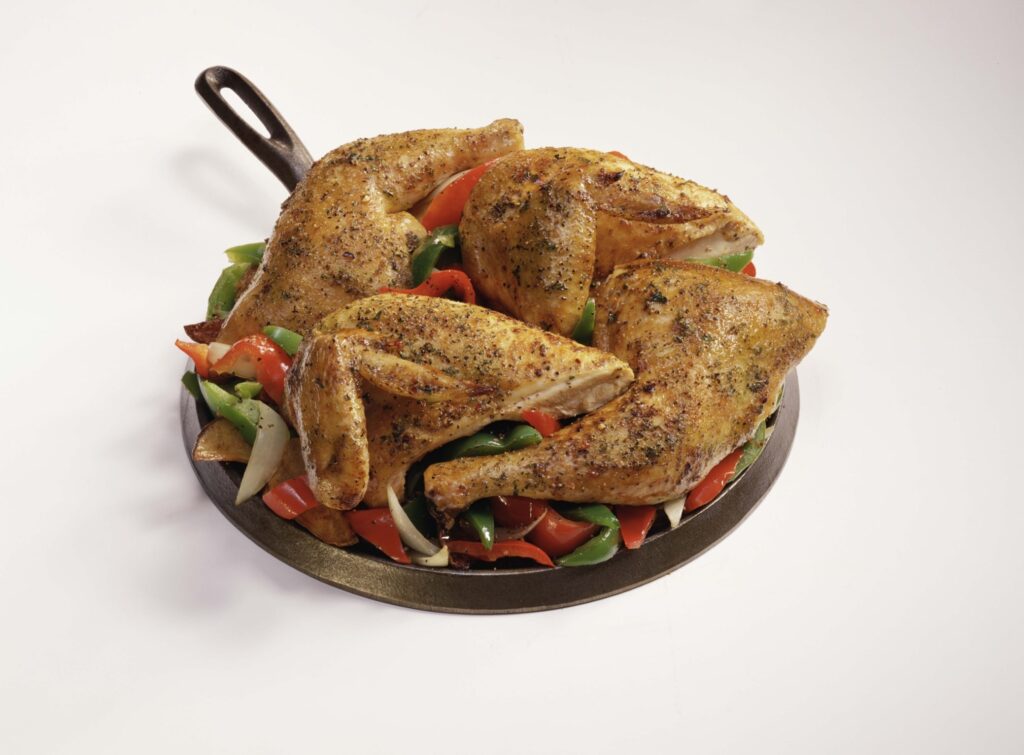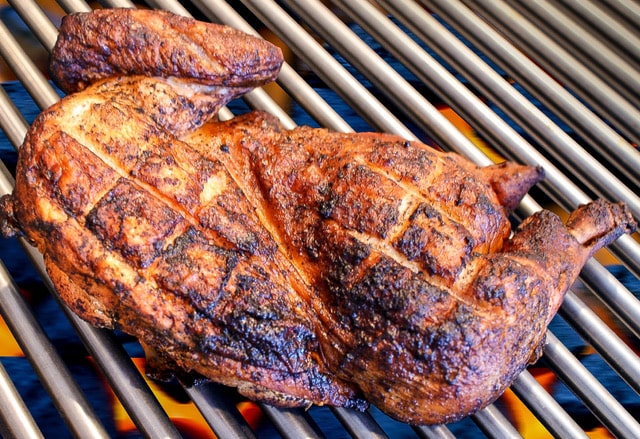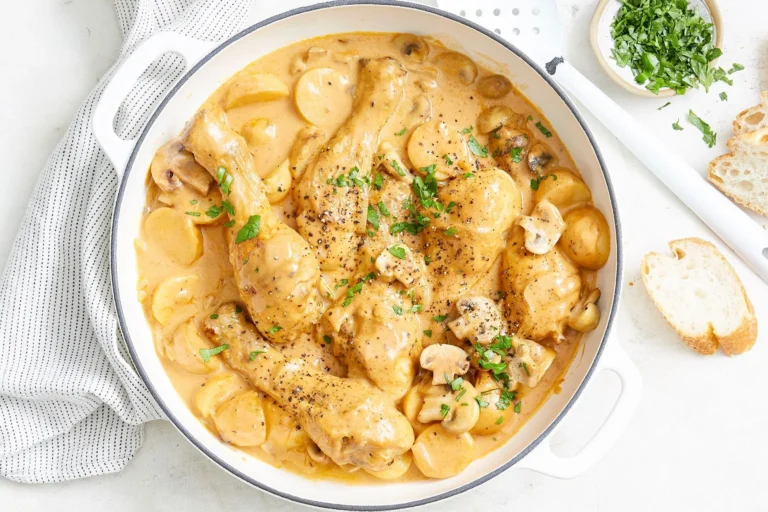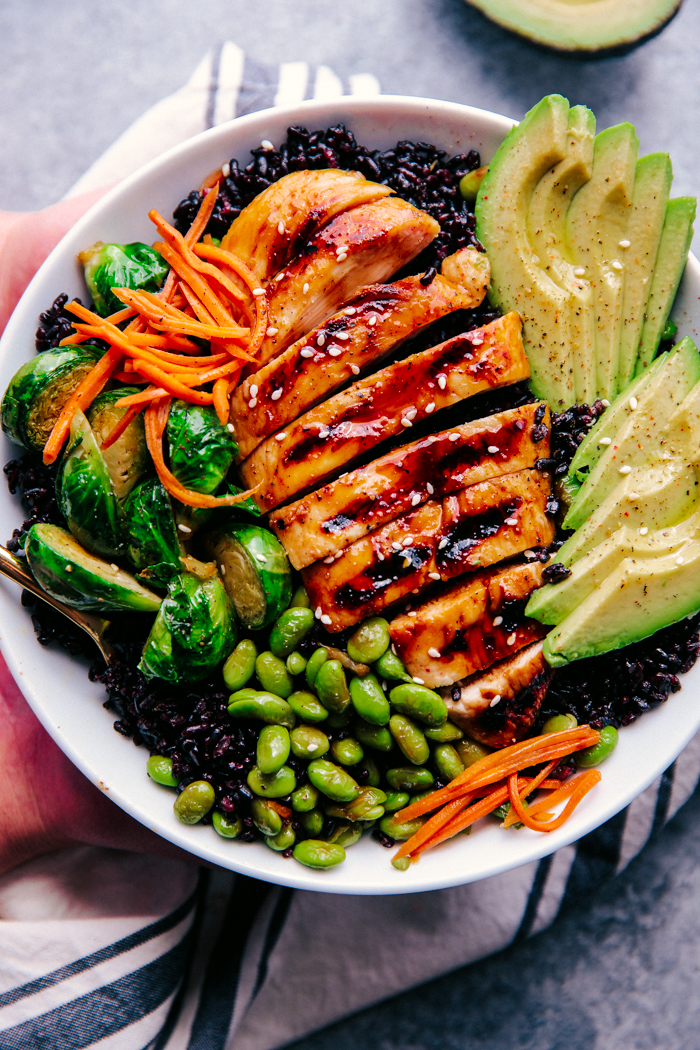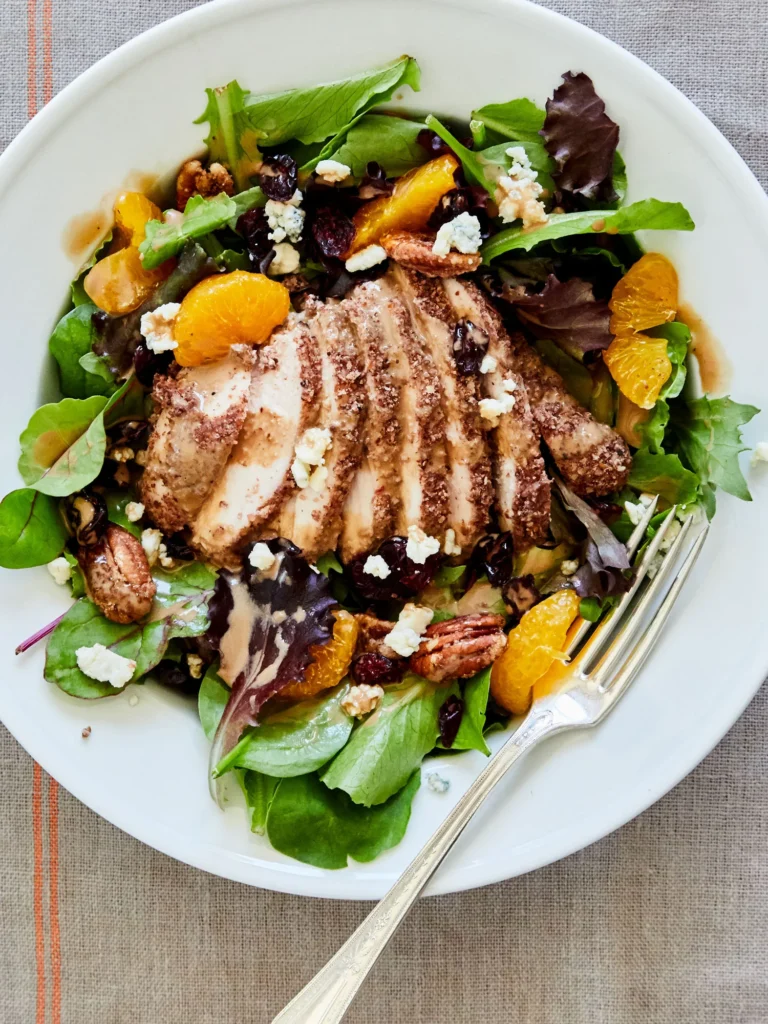Nelson’s Chicken Recipe
Are you a fan of tender, succulent chicken with a mouthwatering barbecue flavor? If the thought of golden glow chicken, richly marinated and cooked to perfection, makes your taste buds dance, you’re in for a treat. In this culinary journey, we’re diving into the world of the renowned Nelson’s Port-A-Pit Chicken, a recipe that has captured hearts and palates for decades. Whether you’re a seasoned cook or just starting in the kitchen, this article will walk you through the steps of recreating the iconic taste in your own home. Get ready to unlock the secrets behind the crave-worthy flavor that is Nelson’s Port-A-Pit Chicken!
Contents
- 1 What Makes Port-A-Pit Chicken So Special?
- 2 Unlocking the Secret: The Golden Glow Chicken Recipe
- 3 From Marination to Perfection: The Cooking Process
- 4 Leftover Magic: Reinventing with Port-A-Pit Chicken
- 5 Copycat Cravings: Recreating the Nelson’s Experience at Home
- 6 Mouthwatering Port-A-Pit Chicken: A Symphony of Flavors
- 7 Crafting Port-A-Pit Chicken in Your Kitchen
- 8 Nelson’s Port-A-Pit Chicken: A Taste to Remember
- 9 Nelson's Chicken Recipe
- 10 Nutritional Content:
- 11 Frequently Asked Questions (FAQs):
- 12 What Are the Differences Between the Chicken Onassis and Nelson’s Chicken Recipe?
- 13 Conclusion
What Makes Port-A-Pit Chicken So Special?
Nelson’s Port-A-Pit Chicken holds a special place in the hearts of barbecue enthusiasts. With its origins dating back to 1967 in Indiana, this recipe has evolved into a culinary masterpiece that continues to tantalize taste buds. The unique marinade and cooking process, designed to cook large quantities of chicken while retaining its succulence, set it apart from traditional barbecue dishes. As we delve into the recipe’s intricacies, you’ll discover the key components that make it a must-try.
Unlocking the Secret: The Golden Glow Chicken Recipe
The heart of Nelson’s Port-A-Pit Chicken lies in its marinade, creating a golden glow that’s as visually appealing as it is flavorful. The marinade combines a symphony of ingredients, from Worcestershire sauce and cider vinegar to aromatic garlic and a touch of hot sauce. The chicken pieces bathe in this tantalizing mixture, absorbing the flavors that will ultimately make your taste buds sing.
From Marination to Perfection: The Cooking Process
After a luxurious marinating session, it’s time to embrace the cooking process. While Nelson’s original recipe often involves a large rotisserie-style grill, we’re adapting it for the home kitchen. Whether you’re using an oven or a barbecue grill, achieving the ideal internal temperature of 165 degrees Fahrenheit ensures a tender, juicy chicken that’s cooked to perfection. We’ll guide you through the roasting or grilling process, imparting that signature barbecue-like glaze and flavor.
Leftover Magic: Reinventing with Port-A-Pit Chicken
What’s better than enjoying Nelson’s Port-A-Pit Chicken fresh off the grill? Enjoying it all over again! Leftovers from this delectable dish can be transformed into equally tantalizing creations. From sandwiches layered with succulent chicken to hearty salads and flavorful wraps, we’ll show you how to breathe new life into your leftovers.
Copycat Cravings: Recreating the Nelson’s Experience at Home
The desire to recreate the taste of Nelson’s Port-A-Pit Chicken in the comfort of your own kitchen is completely understandable. We’ll provide you with a step-by-step guide to crafting a copycat version that mirrors the flavors of the renowned dish. From marinating to cooking and achieving that sought-after glow, you’ll master the art of replicating Nelson’s culinary legacy.
Mouthwatering Port-A-Pit Chicken: A Symphony of Flavors
When crafting Nelson’s Port-A-Pit Chicken, it’s the harmonious blending of various ingredients that creates its irresistible flavor profile. The Worcestershire sauce brings depth, while cider vinegar imparts a tangy kick. Garlic, the unsung hero of many great dishes, adds its aromatic charm, complemented by the heat of hot sauce. This medley of flavors dances on your palate, creating a symphony of taste that’s impossible to resist.
Crafting Port-A-Pit Chicken in Your Kitchen
To embark on your own Port-A-Pit Chicken adventure, gather your marinating essentials, from Worcestershire sauce to garlic and more. Create the marinade by whisking these ingredients together in a mixing bowl, ensuring that each chicken piece is thoroughly coated. Allow the chicken to marinate, allowing the flavors to infuse the meat. Whether you choose to roast in the oven or grill over an open flame, the goal is to reach that perfect internal temperature of 165 degrees Fahrenheit. This ensures that the chicken is cooked through while retaining its succulent moisture.
Nelson’s Port-A-Pit Chicken: A Taste to Remember
The first bite of your homemade Port-A-Pit Chicken will transport you to the hallowed grounds of Nelson’s barbecue haven. The succulent meat, infused with the golden glow of the marinade, delivers a burst of flavor that lingers on your taste buds. The tender texture, the tantalizing aroma, and the lingering barbecue notes will make you wonder if you’ve just uncovered a well-kept secret.
Nelson's Chicken Recipe
6
servings15
30
minutes1500
kcalIngredients
4 pounds of chicken pieces (assorted: drumsticks, thighs, wings, etc.)
2 cups buttermilk
2 tablespoons hot sauce
2 teaspoons salt
1 teaspoon black pepper
1 teaspoon paprika
1 teaspoon garlic powder
1 teaspoon onion powder
2 cups all-purpose flour
1 tablespoon salt
1 tablespoon paprika
1 tablespoon garlic powder
1 tablespoon onion powder
1 teaspoon black pepper
1 teaspoon cayenne pepper (adjust according to spice preference)
Vegetable oil, for frying
Directions
- In a large mixing bowl, whisk together the buttermilk, hot sauce, salt, black pepper, paprika, garlic powder, and onion powder to create the marinade.
- Place the chicken pieces in the marinade, ensuring they are fully coated. Cover the bowl and refrigerate for at least 4 hours or overnight for optimal flavor absorption.
- In a separate bowl, combine the flour, salt, paprika, garlic powder, onion powder, black pepper, and cayenne pepper to create the coating mixture.
- Remove the marinated chicken from the refrigerator and allow it to come to room temperature.
- Heat vegetable oil in a deep frying pan or skillet to a temperature of 350°F (175°C).
- While the oil is heating, take each piece of chicken and dredge it in the coating mixture, pressing gently to adhere. Shake off any excess coating.
- Carefully place the coated chicken pieces into the hot oil, being cautious not to overcrowd the pan. Fry the chicken in batches to ensure even cooking.
- Fry the chicken for about 15-20 minutes, turning occasionally, until the chicken is golden brown and has an internal temperature of 165°F (74°C).
- Once the chicken is cooked, use tongs to remove it from the oil and place it on a wire rack or paper towels to drain any excess oil.
- Allow the fried chicken to rest for a few minutes before serving, as this helps retain its juiciness and allows the flavors to meld.
Nutritional Content:
Note: Nutritional content can vary based on the size of chicken pieces and the amount of coating absorbed during frying.
– Serving Size: 1 piece of fried chicken
– Calories: Approximately 300-350
– Protein: Approximately 20-25g
– Carbohydrates: Approximately 15-20g
– Fat: Approximately 15-20g
– Fiber: Approximately 1g
Frequently Asked Questions (FAQs):
1. Can I use a different type of chicken?
Yes, you can adjust the recipe to your preference. Just keep in mind that different cuts and sizes of chicken may require varying cooking times.
2. Is there a way to make the fried chicken less spicy?
If you prefer less spice, you can reduce or omit the cayenne pepper from the coating mixture. This will still yield flavorful chicken without the heat.
3. Can I use a different oil for frying?
Certainly. While vegetable oil is commonly used due to its neutral flavor and high smoke point, you can use other oils like canola or peanut oil for frying.
4. What can I serve with Nelson’s fried chicken?
Nelson’s fried chicken pairs well with classic sides like mashed potatoes, coleslaw, cornbread, and macaroni and cheese.
5. Can I bake instead of frying for a healthier option?
Baking the chicken can yield a healthier result. After coating the chicken, place it on a baking sheet lined with parchment paper and bake at 375°F (190°C) for about 35-45 minutes, turning halfway through.
What Are the Differences Between the Chicken Onassis and Nelson’s Chicken Recipe?
The chicken onassis recipe is known for its unique blend of flavors and spices, creating a rich and savory dish. In contrast, Nelson’s chicken recipe focuses on simplicity, using minimal ingredients to highlight the natural flavors of the chicken. While both recipes yield delicious results, their approaches and tastes differ, allowing for diverse culinary experiences.
Conclusion
In conclusion, Nelson’s Port-A-Pit Chicken isn’t just a dish; it’s an experience. The blend of flavors, the succulent texture, and the barbecue-like aroma all contribute to its legendary status. With our guide, you’re armed with the knowledge to embark on your own culinary journey. So, gather your ingredients, fire up the grill or preheat the oven, and let the aroma of Nelson’s Port-A-Pit Chicken fill your kitchen as you create a masterpiece that will leave your family and friends in awe.**
Remember, the next time you’re craving that unforgettable taste, you don’t have to travel to Indiana—you can bring the taste of Nelson’s home!

